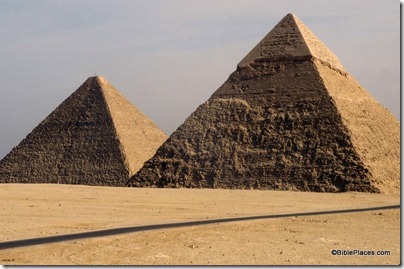Gordon Govier has an excellent article on Eilat Mazar and her work in Jerusalem over the last 20 years. Though sympathetic to this secular defender of the Bible, Govier cites some of her detractors and describes the latest twist.
According to provisional results, the Dead Sea did not receive enough votes to be named one of the New 7 Wonders of Nature.
Donald Brake is writing a series of articles on the life of Jesus in the Holy Land. This week’s article in the Washington Times explains how one can evaluate the accuracy of tradition, specifically in connection with the Church of the Nativity in Bethlehem.
Joe Yudin has a good column this week on Mount Gilboa, though I cannot agree that the witch knew the future.
This week’s radio program LandMinds with Barnea and David features interviews with the president of ASOR Tim Harrison, Yisrael “Winky” Medad, and Israel Finkelstein.
Forward reviews the Dead Sea Scroll exhibit currently in New York City.
Dan Bahat explains the political nature of archaeology in an interview with the Canadian Jewish News.
The Hagia Sophia may become a mosque again.
Every day 35,000 tons of raw sewage flow down the Kidron Valley from Jerusalem, according to a video report in the Jerusalem Post.
Israeli scientists are growing trees in the Arabah in order to improve the environment.
The Biblical Archaeology Society has announced its 2011 Publication Awards Winners for Best Scholarly Book on Archaeology, Best Popular Book on Archaeology, Best Book Relating to the Hebrew Bible, and Best Book Relating to the New Testament.
HT: Jack Sasson, Joseph Lauer
